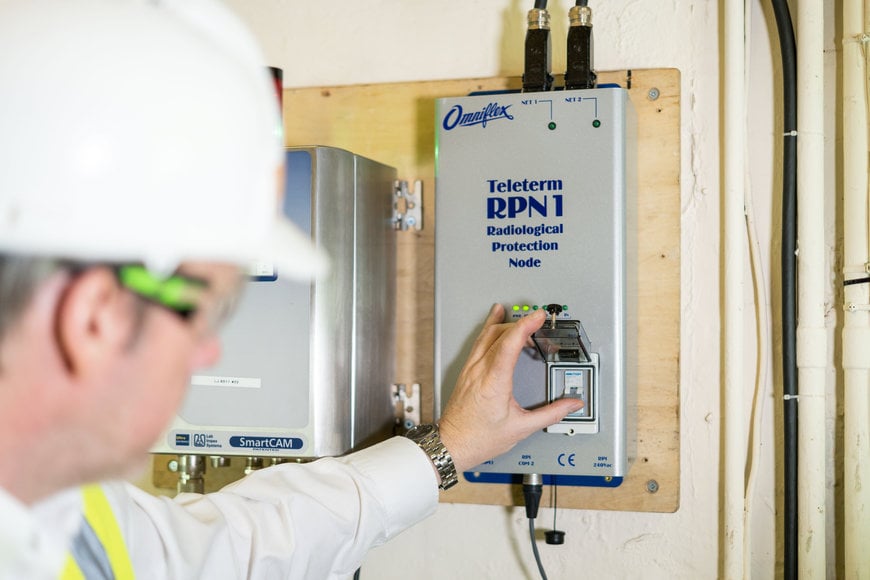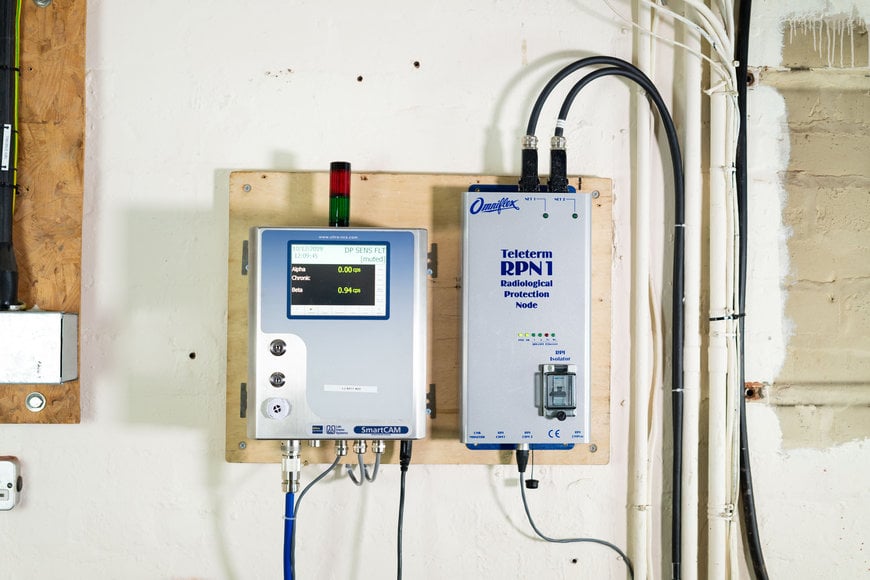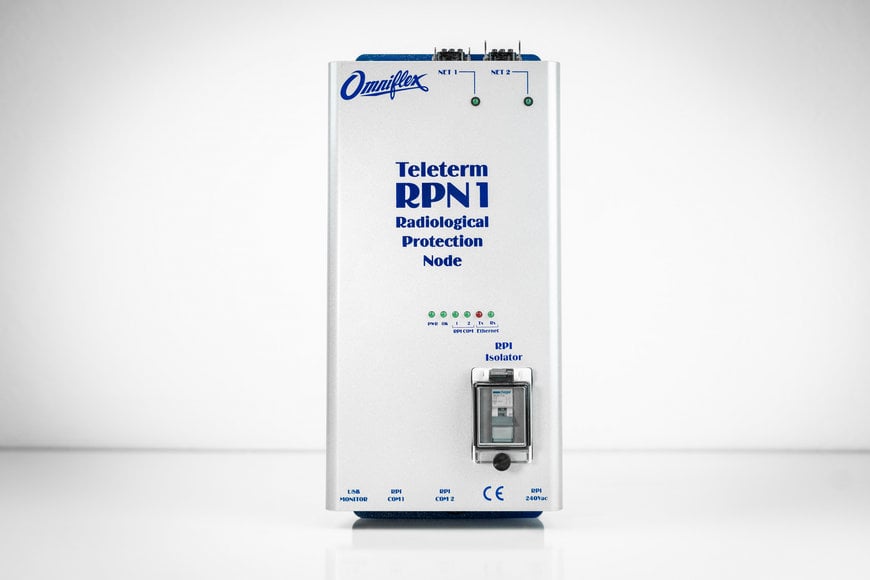www.magazine-industry-usa.com
20
'21
Written on Modified on
Simplifying radiological monitoring
Why the nuclear industry is turning to COTS systems.

Have you ever wondered why your memory stick disappears from the shelves of WHSmith, only to be replaced by a more powerful equivalent after six months? Or why Microsoft Office is sold in a different way to businesses and consumers? Here Gary Bradshaw, director of remote monitoring specialist Omniflex UK, provides the answer, and explains how things are changing as new COTS equipment makes an impact in the nuclear industry.
Traditionally, commercial off-the-shelf (COTS) equipment has been the purchase of choice for the average customer in the consumer sector but not more niche markets which require bespoke equipment made on commission.
COTS products are ready-made, packaged solutions that are available to be bought off-the-shelf and can then be adapted by the end user to meet their needs. These purchases are often alternatives to custom equipment and one-off developments.
In the nuclear industry, where tight regulation, mission-critical safety systems and high levels of complexity are the norm, it’s easy to see why COTS equipment is usually overlooked in favour of custom-made bespoke equipment. However, the RPN1 radiological protection node from Omniflex is a COTS product that simplifies the task of gathering data from Ultra, Mirion, James Caunt Scientific and other manufacturers radiation monitors and allows you to read and store the data on radiological surveillance SCADA systems very quickly.

Radiological monitoring systems
All UK-based nuclear facilities must adhere to strict guidelines for the radiological monitoring systems used to monitor the levels of alpha, beta and gamma radiation in the air.
Regulations from the Health and Safety Executive (HSE) and the Office of Nuclear Regulators (ONR), have created demand for real-time and historical data monitoring and the creation of safe areas for operators to collect data without entering radioactive areas. To meet this demand, networking of radiological monitors became the industry standard.
However, networking the monitors adds a layer of complexity. Because traditional nuclear radiation monitoring systems are bespoke, the field of radiation protection instruments needs to be manually networked to a bespoke panel, requiring a skilled professional to spend days wiring and testing each bespoke unit. Each of these must then be inspected by an external engineer from a regulating authority to check for human errors, before it can be certified for use which, again, can take days to complete.
The question then becomes, what do you do when it isn’t feasible to use this bespoke method of installation, due to the time and financial strain it puts on a project? The answer is the Omniflex Radiological Protection Node 1 (RPN1); a COTS product engineered to serve as the data collection point in a radiation monitoring network.

The RPN1 Gateway
The RPN1 is a gateway device, developed to simplify the process of data collection from a variety of radiation protection, from different manufacturers, via their RS485 communications ports and connects them to the plant’s standalone radiological surveillance SCADA system.
The RPN1 eliminates the need to run miles of expensive power cables to each monitor, because it connects directly to a Fibre+Power ring network. Essentially, the RPN1 device takes its power directly from the facility’s secure mains supply, via distributed power and network interface boxes located around the nuclear facility. It then uses hybrid power/fibre Ethernet data cables to power and network each RPN1 in a self-healing ethernet ring topology. This allows the network to maintain uptime and data integrity in the event of any RPN1 or single network failure.
The RPN1 device is an off-the-shelf product that can be installed in minutes and eliminates thousands of man hours of work. Furthermore, it is standardised to meet ISO 9001 quality levels so there is no need for additional third-party inspections during the installation and testing of the system.
Microsoft Office, memory sticks, batteries and a million and one other consumables are great examples of consumer COTS of the shelf products that don’t translate well into business purchasing, especially in industry, because they become obsolete too quickly. But, in contrast, the RPN1 proves that bespoke isn’t always best for every application.
COTS systems are no longer just for the average customer and the consumer sector, they now have a place in an industry as highly regulated and complex as the nuclear sector. By being open-minding and willing to explore the diverse applications of the technology, plant managers can use COTS to provide a cost-effective and time-efficient platform, to meet the requirements of even the most demanding sectors.
Gary Bradshaw is a director of Omniflex and has more than thirty years’ experience in radiological monitoring and safety critical alarm systems. The RPN1 has already won the award for best Innovation from the NDA (Nuclear Decommissioning Authority) in the UK, driven by the company’s passionate belief that total control of the business environment can only be achieved with constant monitoring. To see how Omniflex can help your business overcome any challenges it faces, click here.
www.omniflex.com

